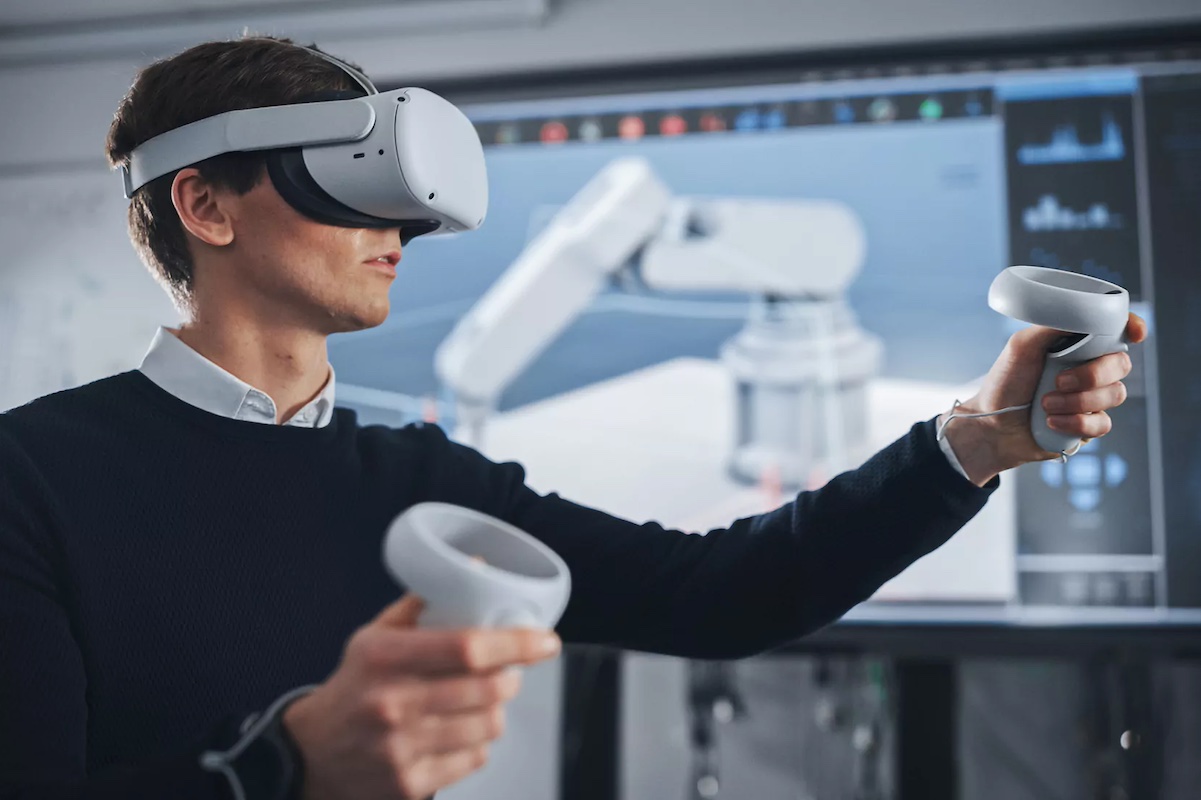Enhancing Training Programs with VR Simulations
Virtual reality (VR) simulations are revolutionizing training programs across industries by offering immersive, interactive, and realistic learning experiences that traditional methods cannot replicate. From healthcare to manufacturing, VR is reshaping how employees are trained, providing safe environments for practice, and improving learning outcomes. This comprehensive article explores the profound impact of VR simulations on training programs, benefits for organizations and employees, real-world applications, challenges, and the future of VR in training and development.
Understanding VR Simulations in Training Programs
Virtual reality simulations use computer-generated environments to simulate real-world scenarios and tasks. Participants interact with these environments using VR headsets and controllers, allowing them to practice skills, make decisions, and receive feedback in a controlled and immersive setting. This technology enables experiential learning that enhances retention, engagement, and proficiency in various job roles and industries.
Benefits of VR Simulations in Training
1. Realistic and Safe Training Environments: VR provides a safe space for employees to practice tasks and procedures without the risks associated with real-world scenarios. From medical procedures to hazardous industrial operations, VR simulations allow learners to make mistakes and learn from them without consequences.
2. Immersive Learning Experiences: The immersive nature of VR captivates learners' attention and facilitates deeper engagement compared to traditional training methods. Learners feel a sense of presence within the virtual environment, which enhances their focus, motivation, and overall learning experience.
3. Enhanced Skill Acquisition and Retention: By actively participating in simulations, learners develop practical skills and muscle memory through repeated practice. VR simulations reinforce learning through realistic scenarios and immediate feedback, leading to faster skill acquisition and higher retention rates.
4. Cost and Resource Efficiency: VR reduces costs associated with traditional training methods, such as equipment maintenance, travel expenses, and the need for physical training facilities. Organizations can deliver consistent training experiences to employees worldwide without logistical constraints.
Applications of VR Simulations in Various Industries
1. Healthcare and Medical Training: Healthcare professionals use VR simulations to practice surgical procedures, diagnose medical conditions, and enhance patient care skills in a risk-free environment. VR improves training effectiveness, reduces training time, and prepares medical professionals for real-world challenges.
2. Manufacturing and Industrial Training: VR enables manufacturing workers to simulate equipment operation, assembly processes, and safety protocols. Employees can familiarize themselves with complex machinery, identify potential hazards, and refine procedures before working in actual production environments.
3. Aviation and Aerospace Training: Pilots, flight crews, and aerospace engineers use VR to simulate flight scenarios, cockpit operations, and emergency procedures. VR simulations improve pilot training efficiency, enhance situational awareness, and ensure readiness for diverse flight conditions.
4. Customer Service and Soft Skills Training: VR enhances customer service training by simulating customer interactions and challenging scenarios. Employees can practice communication skills, conflict resolution, and empathy in a realistic virtual environment, improving service quality and customer satisfaction.
Challenges and Considerations
While VR simulations offer significant advantages, organizations must address challenges such as:
- Technology Integration: Ensuring compatibility and scalability of VR systems with existing training platforms and IT infrastructure.
- Content Development: Creating high-quality VR simulations requires expertise in 3D modeling, programming, and instructional design.
- User Adoption: Familiarizing employees with VR technology and overcoming resistance to new training methods.
The Future of VR in Training and Development
As VR technology continues to advance, the future of VR in training and development looks promising. Innovations in artificial intelligence (AI), augmented reality (AR), and haptic feedback are enhancing the realism and interactivity of VR simulations. These advancements will further personalize learning experiences, adapt training scenarios to individual learner needs, and support continuous skills development in dynamic work environments.
VR simulations are transforming training programs by offering immersive, engaging, and effective learning experiences across industries. By integrating VR into training and development strategies, organizations can improve employee skills, safety, and performance while driving innovation and maintaining competitive advantage in the digital era.






































